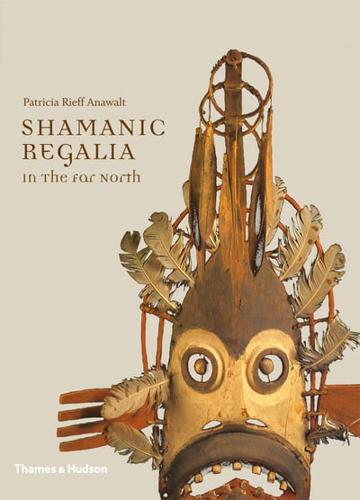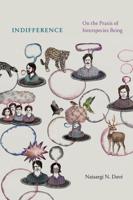Publisher's Synopsis
Patricia Rieff Anawalt probes deeply into the significance and meaning of shamanic practices in Northeast Siberia, Alaska and British Columbia, and also points up the intriguing differences in the ritual garb as generation after generation sought to influence events through the aid of spirits. From the prehistoric Ice Age up to the 20th century, related peoples across these vast territories created a wide cultural universe derived from the cross-fertilization of ideas, oral traditions and art. With supernatural helpers, shamans sought to ensure their people's survival by controlling and pacifying the spirits of the animal world. It was vital to have the 'right' clothing and equipment: it not only protected the shamans and enabled them to wield their power over the spirits, but also created a powerful mystique among their human clients. The surviving items of regalia, often collected by anthropologists under the most challenging circumstances, bequeath an acute sense of the animistic world and the early interactions between man and nature, offering us an astonishing window into the worldviews of our distant ancestors.









